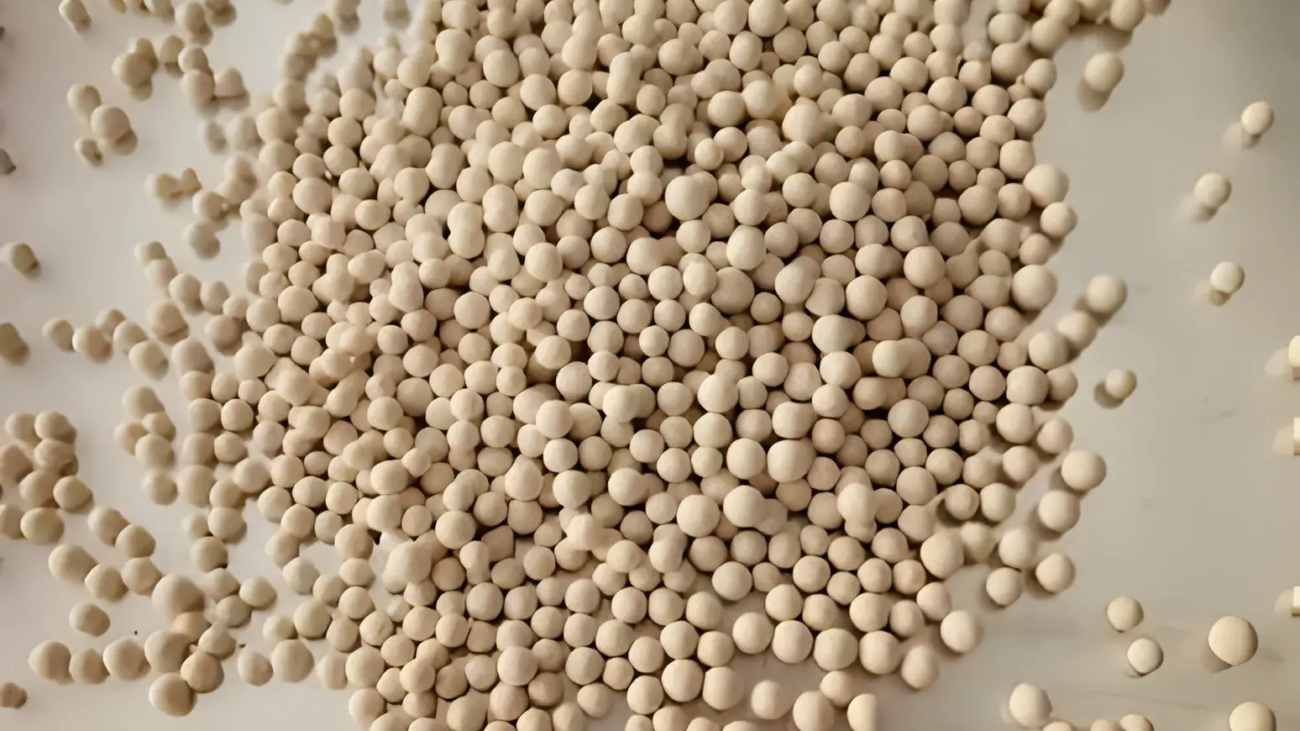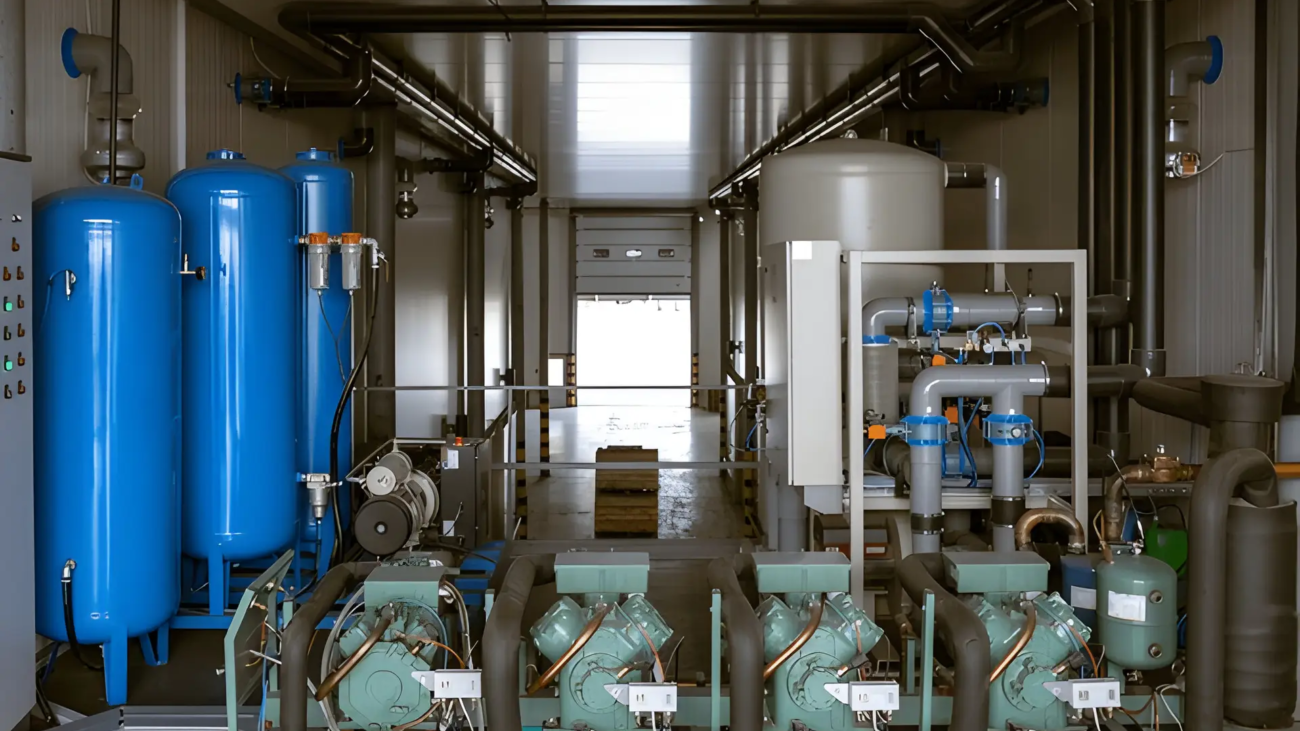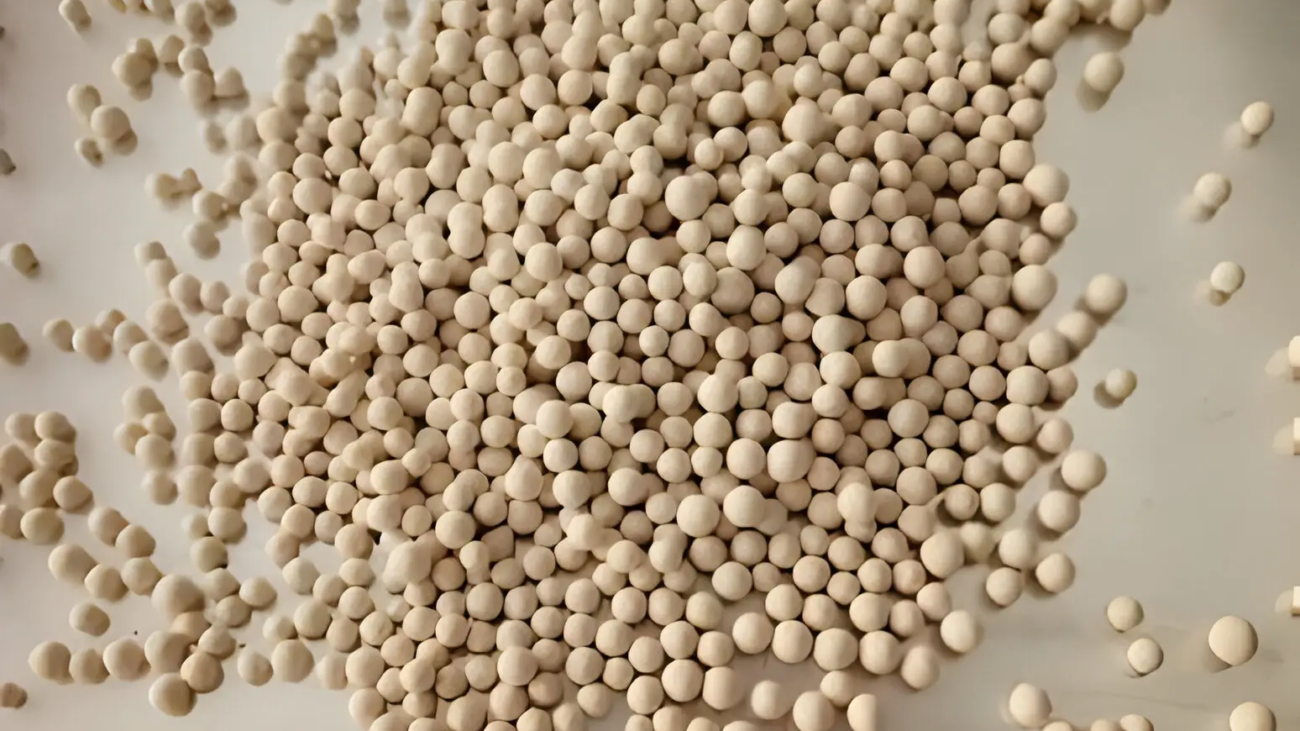There are small powerhouses of adsorption called molecular sieve beads
In the complicated world of industrial processes, molecules must be able to stick to things quickly and selectively. Molecular sieve beads, with their unique porous structure and high adsorption capacity, have emerged as a versatile solution for a wide range of applications.
These little, spherical particles can specifically adsorb molecules based on their size and polarity. This makes them very important for processes like drying gases, cleaning them, and separating them.
As a top company that sells high-quality molecular sieves, OozeChem has a wide selection of beads for molecular sieve that are made to fit the needs of different businesses. Their products are known for performing well, being pure, and being reliable, which makes them a good choice for tough jobs.
How to Understand the Science Behind Molecular Sieves
Molecular sieves are made up mostly of zeolites, which are crystalline aluminosilicates with a three-dimensional structure made up of pores and cavities that are linked to each other. These pores are very specific in their sizes, and they work like molecular sieves, only absorbing molecules that fit through their gaps. Because of this one-of-a-kind feature, molecular sieves can effectively separate and clean gases and liquids, getting rid of unwanted contaminants and making sure the quality of the product.
Different kinds of molecular sieve beads and how they can be used
OozeChem has different kinds of beads for molecular sieve for different uses. Each one has different pore sizes and adsorption qualities. Here are some of the most popular types:
3A Sieves for molecules: The pores in these beads are 3 angstroms wide, and they are mostly used to dry gases and liquids. They are very good at taking water out of gas streams, which makes them perfect for tasks like drying air and dehydrating natural gas.
4A Sieves for molecules: 4A molecular sieves can hold more molecules, like carbon dioxide, hydrogen sulfide, and other small molecules, because their pores are a little bigger at 4 angstroms. In the process of purifying gases and making protected glass units, they are often used.
5A Sieves for molecules: These beads are known for being able to sort normal paraffins from branched-chain and cyclic hydrocarbons. Their pores are 5 angstroms in size. The petroleum industry uses them to separate n-paraffins from iso-paraffins, and they are also used to make very pure oxygen.
13 times molecular sieves: 13X molecular sieves can hold bigger molecules like aromatic hydrocarbons and mercaptans because their pores are 10 angstroms in size. A lot of people use them to separate air and get rid of smelly substances and sulfur compounds in natural gas.
Why beads for molecular sieve Are Better Than Silica Gel
Beads for molecular sieve are better than standard dehydratants like silica gel in a number of ways:
More absorption capacity: This is because molecular sieves can absorb a lot more water than silica gel, which makes them better for cleaning tasks.
Adsorption with Choice: Molecular sieves can specifically adsorb molecules based on their size and polarity, which makes it possible to separate and purify specific molecules.
Able to grow back: It is possible to regenerate and use molecular sieves more than once, which cuts down on trash and costs.
Stable at high temperatures: Because they can handle high temperatures, molecular sieves can be used in situations with hot gas streams.
Sieve bits for molecules are used in many different fields.
Many different types of businesses use Sieve bits for molecules, such as:
The petrochemical business: Gas drying, cleaning natural gas and hydrogen, separating molecules, and catalysis are all things that are done with gases.
Chemical Business: Solvents are dried, reactants are cleaned, and reaction products are separated.
Pharmaceutical Business: Drying of medicinal active ingredients and fillers.
The food and drink business: Food and drinks are dried out and pollutants are taken out.
Electronics Business: Drying out electrical parts and the gases that are used to make semiconductors.
How to Pick the Correct Molecular Sieve Crystals
There are a few things you need to think about carefully when choosing the right Sieve bits for molecules for your application:
Molecules of Interest: Figure out which molecules you want to split or adsorb.
Size of Pores: You should pick a molecular sieve with pores that let the target molecules stick to it while keeping out bigger molecules.
Capacity to absorb: Think about the adsorption capacity that you need based on how many contaminants are present and the amount of purity that you want.
Temperature for Regeneration: Choose a molecular screen that can be cleaned and used again at a temperature that works for your process.
Efficient use of money: Check how much the Sieve bits for molecules and the process of renewing them cost to make sure they are affordable for your use.
In the final analysis, Sieve bits for molecules are a flexible and effective way to clean and separate gases and liquids in many different businesses. Because they are selective, have a high adsorption capacity, and can be recycled, they are a sustainable and cost-effective option to traditional desiccants. Businesses can get high levels of purity, better product quality, and more efficient operations by carefully choosing the right type of Sieve bits for molecules and using them in the best way possible. Because OozeChem is dedicated to offering top-notch molecular sieves and great customer service, it is a trustworthy partner for companies that want to use molecular sieve technology in their industrial processes.
Connect with OozeChem - Your Gateway to Optimal Chemical Solutions.
Phone:
+971 50 349 8566
Email:
info@oozechem.com


